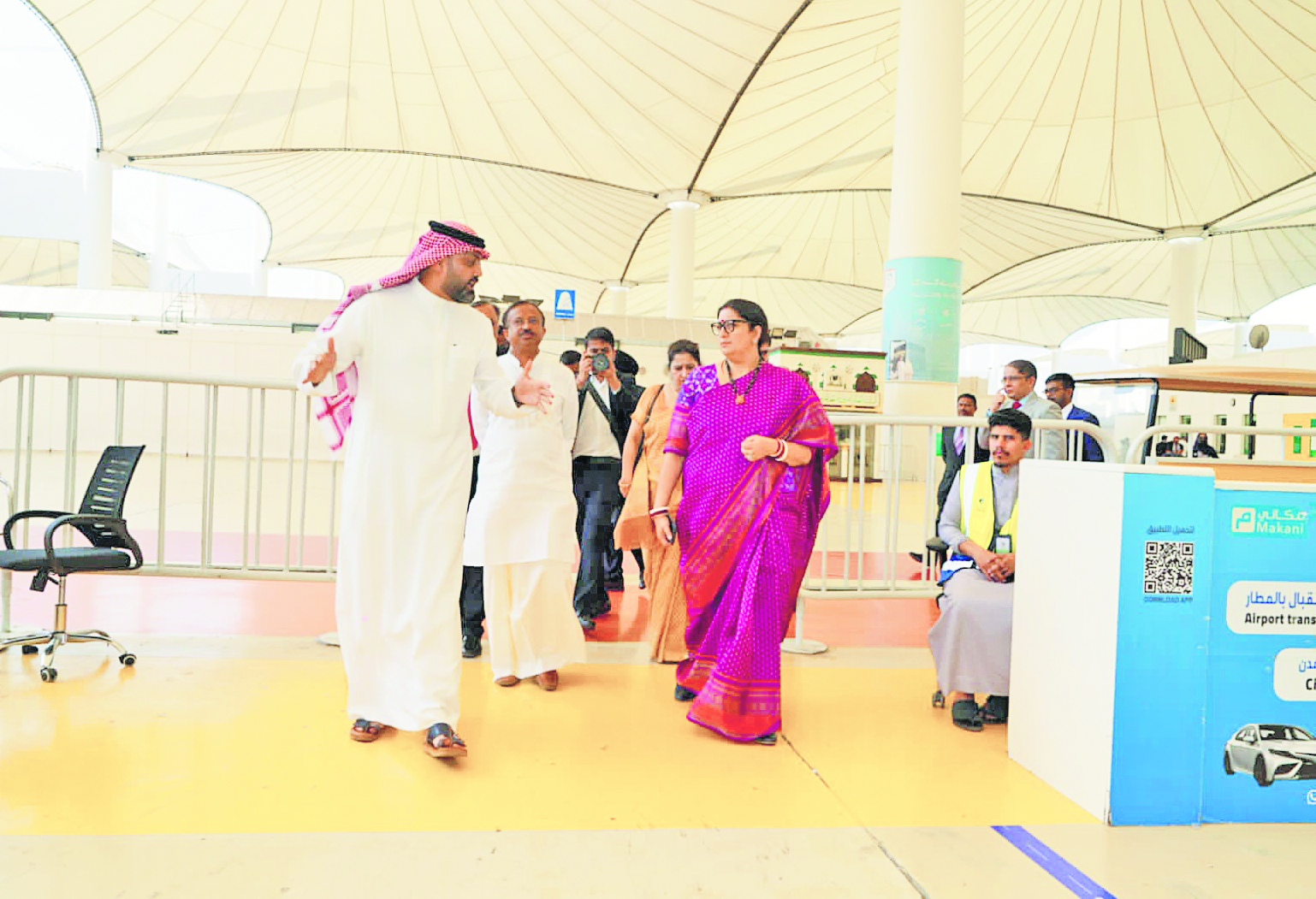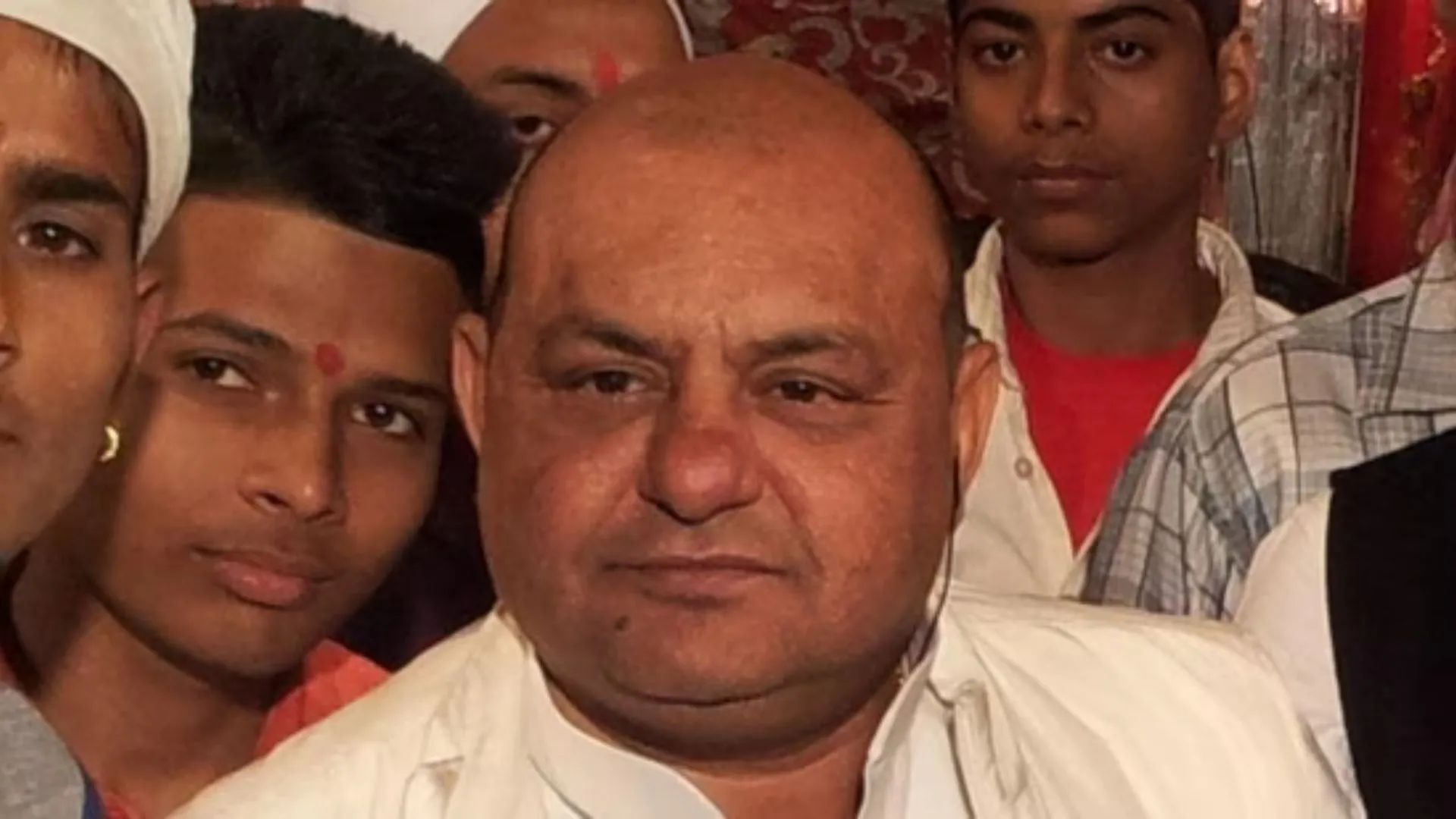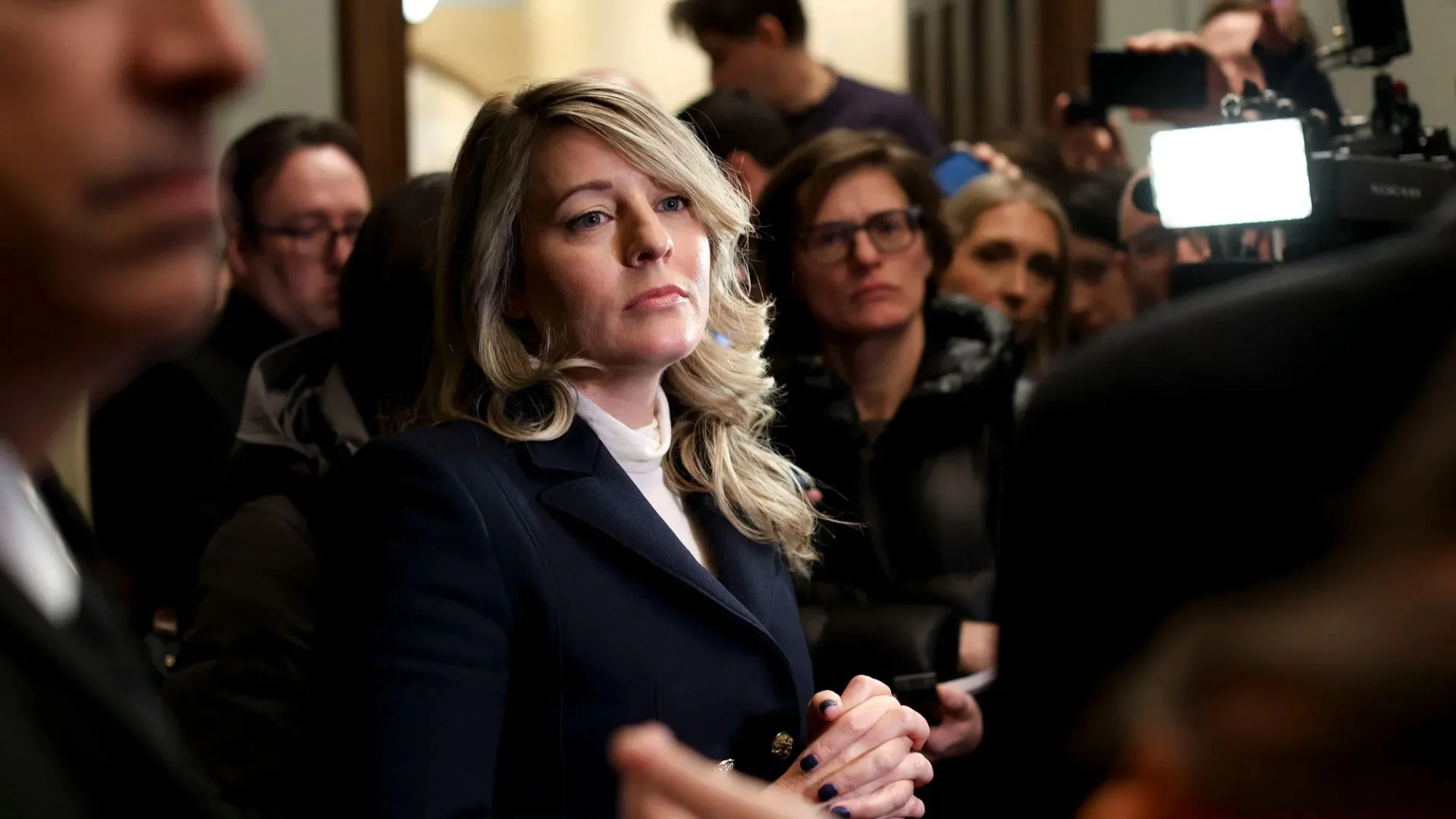There is no inherent contradiction between cultural identity and modern aspirations of women of Bharat.
Global identity politics has several facets including feminism and a gender-based understanding of the social reality. The West, as usual, dominates this discourse also being the source of all ‘modern knowledge’. The post renaissance phase of Europe became the ultimate source of all modernity and their colonial domination and post-colonial influence perpetuated their version of socio-political and historical veracity. Western universalism either negates differences in terms of ethics, history, culture, economy, politics, law, governance etc. or superimposes itself over all others due to its huge influence in the post-colonial societies and their academic discourse. The Left-liberal scholars of the West have tactically worked in alliance with the intellectual elites of the global south to perpetuate their narrative in the academic discourse. They get political independence, but coloniality persists. The biases of the West still dominate their understanding of the ‘rest’ and it gets occasionally reflected in their political statements, academic research, media reports etc. Gradually, this position has been challenged by many scholars across states in Africa, Latin America and Asia to overcome the hegemony of the West over knowledge and to include the first-hand experiences and opinions of the dispossessed.
Recently, something happened that caught my attention when Smriti Irani, Union Minister for Women & Child Development and Minister for Minority Affairs visited Saudi Arabia. She led the first-ever non-Muslim Bhartiya delegation to one of Islam’s holiest cities Madinah in Saudi Arabia. During her visit, she interacted with the volunteers serving Haj and Umra pilgrims and also reviewed the arrangements there. She has shared this on her account on X “Undertook a historic journey to Madinah, one of Islam’s holiest cities included a visit to the periphery of the revered Prophet’s Mosque, Al Masjid Al Nabwi, the mountain of Uhud, and periphery of the Quba Mosque – the first Mosque of Islam. The significance of the visit to these sites courtesy Saudi officials, intertwined with early Islamic history, underscores the depth of our cultural and spiritual engagement”. This was something unimaginable, a first-of-its-kind experience for the entire world.
The magnificent sight of a Hindu woman, married to a Parsi that is the smallest minority group of the country, representing the world’s largest democracy’s minority ministry, visiting the holiest sites of Islam proudly donning her cultural identity was largely ignored by the global and mainstream Bhartiya media. It was a historic visit by any women politician of the world breaking the taboos of cultural exclusion and challenging the supremacy of religion and patriarchy on foreign soil. It became even more significant in the context of protests against the imposition of hijab in Iran in 2022 and in many other countries whereby women were asserting their rights and identity even at the cost of their life. The protests erupted in Iran after 22-year-old Kurdish Iranian woman Mahsa Amini was taken into custody by Iran’s morality police in violation of hijab laws on September 16, 2022, for wearing an “inappropriate” headscarf. She later died, drawing allegations of custodial violence. The protests faced brutal repression by the orthodox ruling regime leading to the death of hundreds of people. Similar controversies were also going on in some states of Bharat. It has also led to a huge uproar and meltdown in Pakistan where the fundamentalists opposed her visit to the holy site. But, the larger question is who can be considered as a feminist icon in contemporary Bharat. As a society we don’t believe in ‘isms’ primarily for two reasons: first, it believes in the rigid categorization of ideological viewpoints that leads to orthodoxy and conflict and, second, it views the world in terms of binaries while we prefer to view it holistically. Even Mahatma Gandhi did not approve of the term ‘Gandhism’ as he didn’t want to leave any sect after himself.
The typical understanding of the media and academia suggests that only a privileged woman with allegiance to a particular ideology, preferably from some Ivy League academic institution can challenge patriarchy and change the society. Unfortunately, Smriti Irani doesn’t qualify on these criteria. She came from a humble family background and built a successful career first in modelling, and acting and later on in politics that is considered to be a male bastion. She had no political background and yet she defeated the tallest dynastic leader of the grand old party of Bharat. She diligently served in various ministries and it was during her tenure the long pending Women Reservation Bill, popularly known as the ‘Nari Shakti Vandan Adhiniyam 2023’ was passed by the parliament with the strong backing of the Modi government. As Minister for Women & Child Development, Mrs. Irani is doing exemplary work towards empowering women and strengthening women & child protection services in India.
She perfectly balanced her bold avatar in live TV debates, media conclaves, on various global forums and in the parliament with her frequent humble presence in different rural parts of her parliamentary constituency Amethi. She truly represents the multicultural ethos of Bharat as she was born and married in two different communities and effortlessly manages both in a harmonious manner. Her feminist identity is not dependent on Western feminist stereotypes or just blind copying of their ways. She has proudly kept her Bhartiya identity above all while transforming stereotypes into meaningful achievements.
But still, to some her feminist credentials will not be acceptable primarily for three reasons: Firstly, being a woman from a minority community she has never played a victim card against the ‘other’, never felt unsafe or thought of leaving the country out of fear and never blames the country for anything. Secondly, her gender or religious identity is not in conflict with the broader cultural and historical identity of Bharat. Lastly, she belongs to the BJP and their compulsive ideological opposition restricts the rational faculties of their mind to acknowledge her achievements.
We should understand there is no inherent contradiction between the cultural identity and the modern aspirations of 21st-century women of Bharat. The women scientists at ISRO have also proved that. As a civilization, we don’t believe in binaries and it’s very much possible to change, grow and set new benchmarks without looking down upon ourselves or demonizing ‘others’. This syncretic approach is the Bhartiya way to change without creating social strife. The ‘Ardhnarishwara’ form of Lord Shiva, sampradayas like ‘Shakta’ and concepts like ‘Ardhangini’ and ‘Sahadharmini’ are unique to this land and the gaps in cultural values and social conditions can’t truly define the social reality in totality. It only highlights the gaps that need to be bridged.
It sometimes surprised when we see self-made women doing community service in remote rural areas, acquiring leadership roles with their innovative approach and solutions, breaking taboos or transforming the lives of many others at the grass root level didn’t get much attention by the mainstream media or become part of the academic discourse. Several women from remote corners of Bharat were accorded Padma awards; but rarely do you see them in academic gatherings, cultural meets and media programmes. The contributions of those self-made women should be recognised as they’re bringing real social change and can guide our future generations better.
The author teaches Political Science at the Lady Shri Ram College for Women, University of Delhi.






















